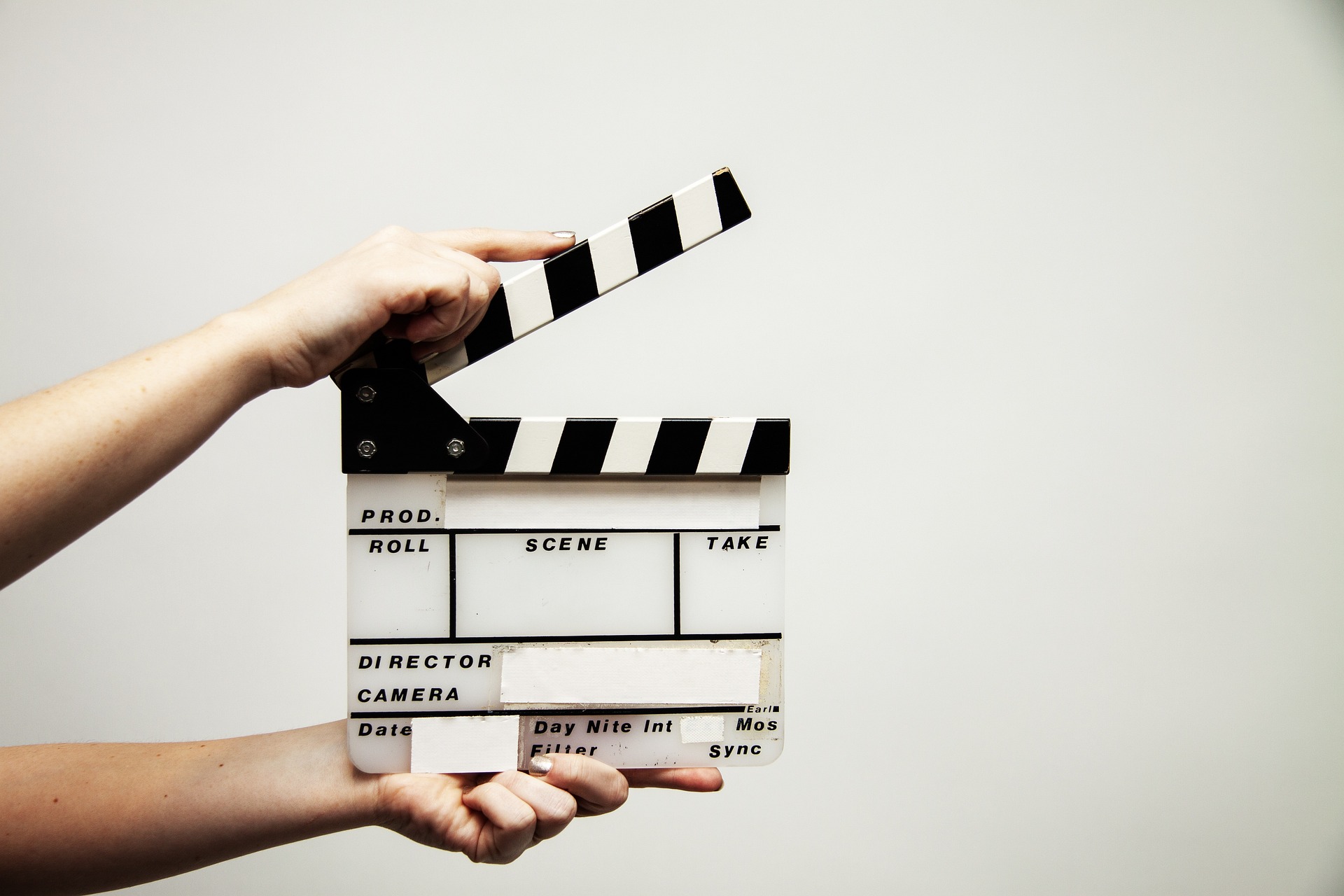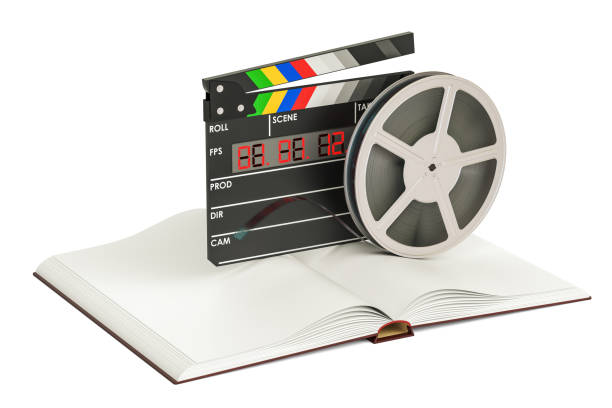A Spotlight on the Rising Influence of Virtual Reality in Performing Arts
Virtual reality (VR) technology is revolutionizing the performing arts scene, offering new and exciting ways to produce and experience artistic performances. This article delves into the history, recent developments, and significance of this innovative trend, providing a comprehensive and engaging overview.
A New Reality: Virtual Reality in the Arts
Virtual reality, once an abstract concept relegated to the realms of science fiction, has now become a tangible tool in the hands of artists and performers. Its emergence in the performing arts can be traced back to the late 1980s, when the term “virtual reality” was coined by Jaron Lanier, a computer scientist and pioneer in the field. Since then, VR has evolved from a niche technology into a mainstream medium.
Today’s Virtual Stage
Fast forward to the present day, and VR is making waves in the performing arts industry. The COVID-19 pandemic has accelerated the adoption of VR, as artists and organizations look for innovative ways to connect with audiences in a socially-distanced world. For instance, the Royal National Theatre has ventured into VR with their immersive show, “All Kinds of Limbo,” which uses VR technology to transport audiences into a unique, immersive performance.
The Impact and Significance
The integration of VR into performing arts has significant implications. It allows for the creation of fully immersive and interactive performances, heightening the sensory experience and emotional engagement of the audience. It also democratizes access to performing arts by eliminating geographical barriers - anyone with a VR headset can attend a performance from the comfort of their own home.
Critical Reception and Market Response
The use of VR in performing arts has been met with a mixed response. While many praise it for its innovation and the unique experiences it offers, others express concerns about the loss of the communal experience inherent in traditional live performances. Yet, the market response speaks volumes. VR headset sales have soared in recent years, and the market is projected to reach $48.5 billion by 2025, indicating a growing acceptance of this technology.
Looking to the Future
As VR continues to evolve, its role in the performing arts is likely to become even more significant. Artists are continually pushing the boundaries of what is possible, and audiences are becoming more receptive to these new experiences. The future of performing arts may well be virtual, offering unprecedented opportunities for creativity, innovation, and accessibility.
In conclusion, virtual reality is redefining the landscape of performing arts, offering new ways to create, experience, and share artistic performances. It’s an exhilarating frontier for artists and audiences alike – a new stage on which the drama of human experience can unfold in ways we’ve never seen before.






